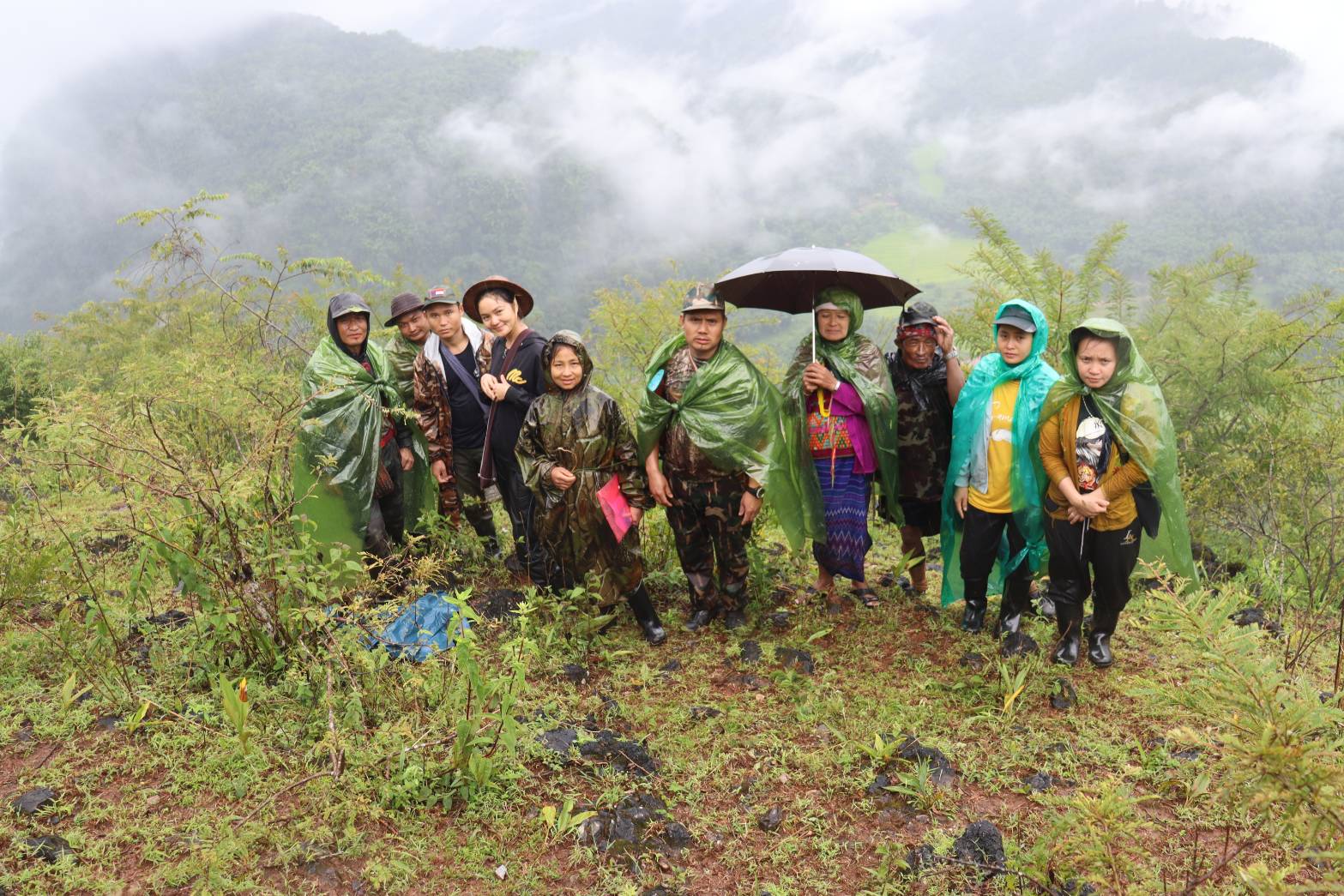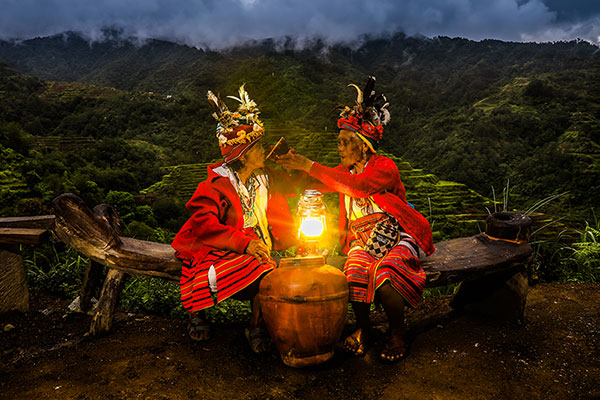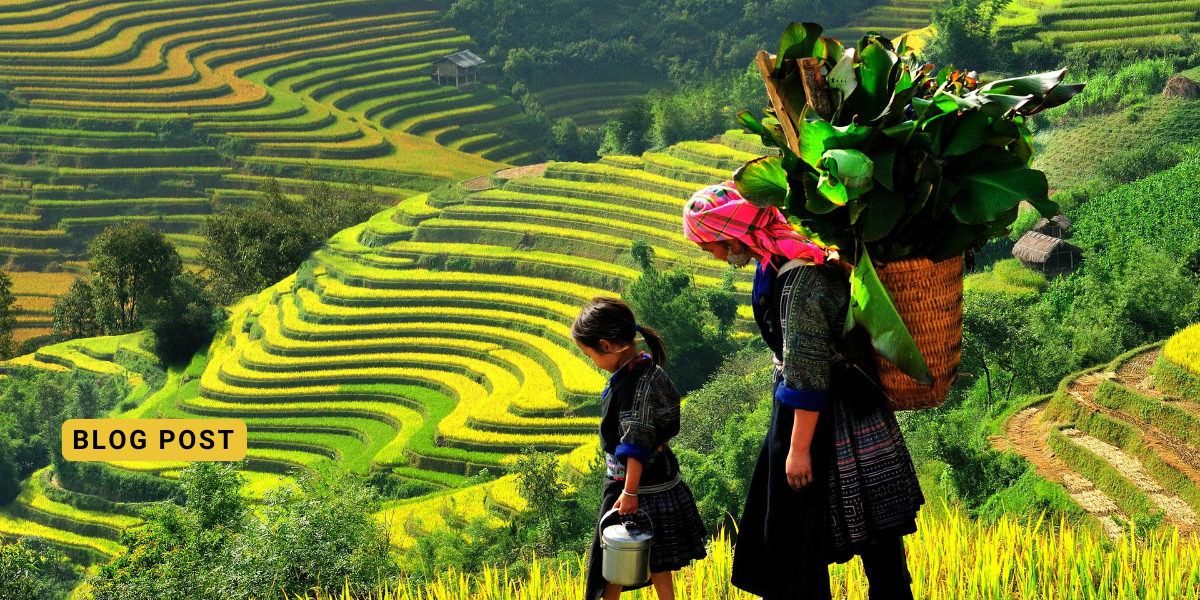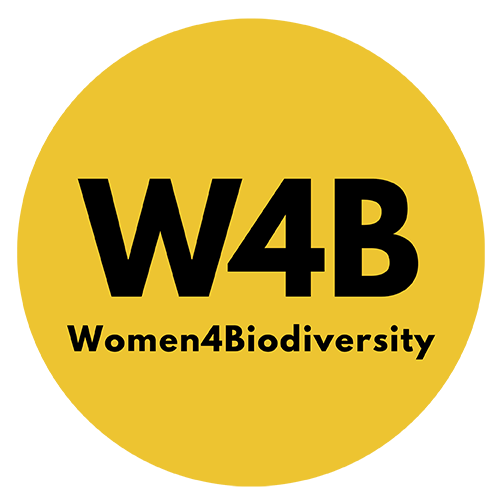Indigenous Peoples’ have conserved biodiversity through their practices, innovations, and knowledge systems for millennia, long before “conservation” even entered the political discourse. Today, biodiversity is threatened by multiple direct, indirect, and underlying drivers, many of which are rooted in dominant societal values. Indigenous territories, which hold around 80% of the world’s biodiversity, are now recognised as areas of high ecological value.
However, this recognition is recent. It is the result of years of research and advocacy that have gradually brought visibility to the diverse actors that make up our societies: Indigenous Peoples and Local Communities, women, youth, and, more recently, people of African descent.
A few decades ago, conservation was shaped by a paradigm that sought to protect nature in isolation from human presence. But where did this leave the people for whom biodiversity is sustenance and whose territories are sacred? Marginalised, displaced, and stripped of their rights. These impacts have been even more severe for women. Due to their gendered roles, when access to the resources are restricted, women are forced to spend more time and effort gathering alternative materials for food, shelter, and medicine, often at higher costs. This shift from traditional practices leads to increased economic stress and reduced well-being[1].
Important progress has been made in rethinking conservation. Today, biodiversity is increasingly understood as a complex and interconnected system of which humans are a part across social, spiritual, and ecological dimensions.
While conservation is not, and will never be, perfect. As human-created systems inevitably exhibit flaws from their inception, due to knowledge limitations, perceptions, and social conditions[2][3]. Early conservation models, often driven by colonial perspectives[4], displayed significant failures, such as the exclusion and displacement of Indigenous Peoples’, the lack of recognition of their rights and traditional knowledge, and the prioritization of utilitarian objectives over social justice and equity[5][6]. However, the evolution of conservation and the recognition of Indigenous Peoples’ contributions promote a more holistic and interconnected approach to biodiversity conservation[7]. Recognising their contributions has fundamentally reshaped how we think about conservation. It has meant recognising their territories, culture, worldviews, knowledge, and governance systems. These are not incidental aspects of conservation, they are foundational, encompassing sustainable practices such as regenerative pastoralism, agroforestry systems; traditional ecological knowledge, traditional water management, community-based monitoring.

The indigenous Karen community have been instrumental in preserving traditional knowledge about various plant species in the Salween Peace Park near the Thai-Myanmar border. They wish to save this knowledge for future generations. Image credit: Karen Environmental and Social Action Network (KESAN)
In this context, Indigenous led- conservation is not merely an activity, it is embedded in cultural, spiritual, and governance systems that are deeply relational and intergenerational. Concepts like Ayllu and Sumaq Kawsay in the Andean world, or the tana’ulen of North Kalimantan, exemplify worldviews where humans, nature, and the sacred are intertwined[8].
In this line, the Kunming-Montreal Global Biodiversity Framework (KM-GBF), Target 3, calls for conserving at least 30% of the Earth through “equitably governed systems” that include indigenous and traditional territories. But this is not just about surface area. It is a call for a fundamental transformation in how conservation is envisioned, governed, and implemented. Implementing a Human Rights-Based Approach (HRBA) in conservation means going beyond recognising the rights[9], to enable conditions for Indigenous People to be leaders and co-decision-makers. It involves preventing rights violations, addressing historical injustices, ensuring the full and effective participation of rights-holders at all levels of decision-making, and allocating specific budgets and funding to support the conservation of their territories. Too often, resources are channelled through large NGOs or government agencies with little accountability to Indigenous people[10].
On the other hand, the importance of including gender considerations in indigenous conservation lies in the fact that women are knowledge holders, land stewards, seed guardians, and healers. Yet, their rights to land and participation are systematically undermined. The Kunming-Montreal Global Biodiversity Framework (KM-GBF), through Target 23, acknowledges this by committing to a gender-responsive approach and acknowledges the full participation and leadership of women and girls. It also promotes their equal rights and access to land and natural resources. The Gender Plan of Action of the Convention on Biological Diversity (CBD), updated at the fifteenth meeting of the Conference of the Parties to the Convention on Biological Diversity (CBD COP15), provides additional mechanisms to ensure that gender is mainstreamed and meaningfully addressed throughout biodiversity-related policies and actions. Indigenous women’s participation must go beyond consultation and extend to leadership roles in governance, planning, and implementation. This also implies investing in gender-disaggregated data systems, developing indicators that reflect Indigenous women’s contributions and needs, and ensuring that funding mechanisms are accessible to them[11].
Integrating human rights into Indigenous conservation is not just about better outcomes for biodiversity. It’s about transformative justice, shifting power, and recognising the people conserving biodiversity long before “conservation” became a global agenda.
Advancing gender equality requires addressing the intersectional barriers faced by Indigenous women and girls, who often experience compounded discrimination due to both their gender and their cultural identity, ensuring their full and effective participation and generating enabling conditions to do so.
Sources
-
Amnesty International. (2021). Violations in the name of conservation: “What crime had I committed by putting my feet on the land that I own?” (Index: ASA 31/4536/2021). https://www.amnesty.org/en/documents/asa31/4536/2021/en/
-
Manning, P.. The Human System. In C. Weller (Ed.), 21st-Century Narratives of World History: World Historians in Global Dialogue.
-
Dupré, J. (2001). Human Nature and the Limits of Science. Clarendon Press.
-
Survival International. (n.d.). Decolonize Conservation. Retrieved April 24, 2025, from https://survivalinternational.org/campaigns/conservation
-
World Resources Institute. (2023, June 6). Why securing Indigenous land rights protects biodiversity. Retrieved from https://www.wri.org/insights/indigenous-and-local-community-land-rights-protect-biodiversity
-
Colchester, M. (2008). Conservation Policy and Indigenous Peoples. Cultural Survival Quarterly, 32(1). Retrieved April 24, 2025, from https://www.culturalsurvival.org/publications/cultural-survival-quarterly/conservation-policy-and-indigenous-peoples
-
United Nations Environment Programme. (2017, April 26). Indigenous people and nature: A tradition of conservation. Retrieved April 24, 2025, from https://www.unep.org/news-and-stories/story/indigenous-people-and-nature-tradition-conservation
-
Forest Peoples Programme (2024). Advancing Human Rights-Based Approaches to Target 3 Implementation; ICCA Consortium (2021). Territories of Life: 2021 Report
-
Rights to self-determination, land and territory, participation, Free, Prior and Informed Consent (FPIC), cultural integrity, and gender equality.
-
Forest Peoples Programme. (2023). From Agreements to Actions: A rights-based pathway for implementing the Kunming-Montreal Global Biodiversity Framework. Moreton-in-Marsh, UK: Forest Peoples Programme. Disponible en: https://www.forestpeoples.org
-
Women4Biodiversity. (2024). Advancing Gender Equality and the KMGBF: Capacity Building Module. Women4Biodiversity.


